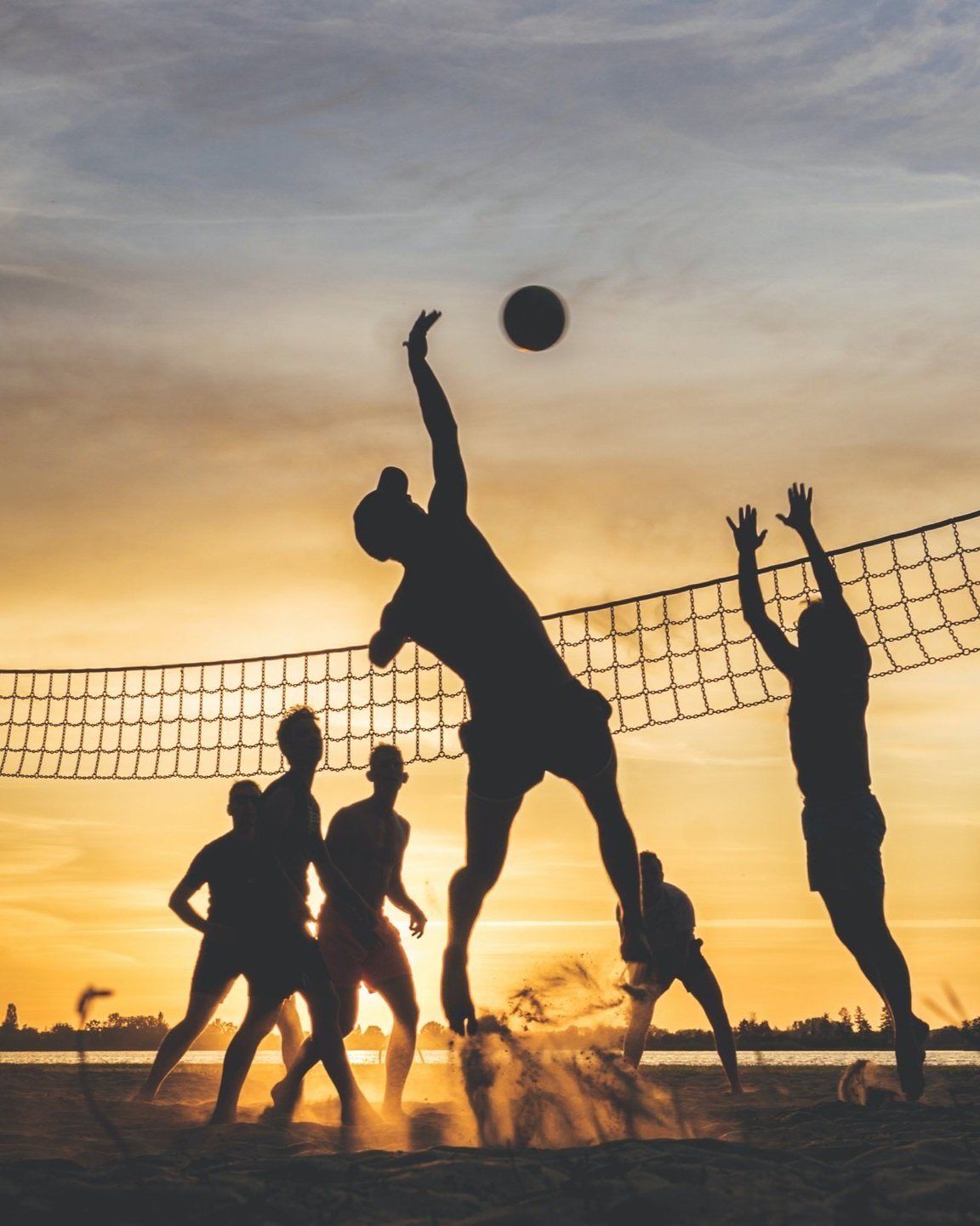Cultivating Security ~ Part 3: Strengthening Your Core from Within
Most athletes, regardless of the sport, emphasize the importance of strong core strength. Physiologically speaking, we strengthen our core through crunches, planks and abdominal holds.
From a solid, strong center, we are able to move our body with greater agility and balance.
Similarly, when we actively fortify and practice engaging our internal psychological strength, we have better capacity to respond with flexibility and confidence. To do this we must take personal responsibility. We don’t get six-pack abs by watching someone else do crunches!
Going inside ourselves to increase our sense of security means:
1) identifying what makes us feel authentically safe
2) exploring our internal landscape to better understand our experiences
3) establishing consistent practices to reinforce a sense of security.
The thought of exploring the caverns inside us can be daunting, especially if the terrain has been relatively unexplored and we don’t know what to expect.
Yet, this safari of self is how we deepen our understanding, develop the capacity to be with ourselves, and grow our self-trust.
Safe and Prepared
When we’re getting ready for a workout, we prepare by wearing the proper attire and stretching our muscles.
When we’re planning a camping trip, we prepare by ensuring we have the right equipment, ample food/water, and emergency supplies.
When we embark on an expedition into ourselves, it’s no less important to feel prepared.
Create a safe and comfortable environment for yourself. This might mean enjoying your privacy someplace quiet and familiar. Or it may feel easier for you to be out in the world (journaling at a favorite coffee shop or taking a walk). Consider designing a ritual for yourself, something that sets the tone and cues you to get ready for your internal exploration.
Establish boundaries that feel supportive. If you live with others, create ways to protect your time and space for this process. You might want to set up a specific timeframe. Think about bookending this time (both at the beginning and end) with a type of transitional activity to help you shift in and out of these self-excavation sessions.
Plan for sources of support and self-regulation. You might choose to work with a trained professional therapist or join a processing group. You may prefer to embark on this process on your own. Either way, it’s important to have support as you discover unexpected aspects of your story and encounter new revelations. Identify a trusted person you can connect with if you find yourself lost or stuck. Or, maybe you feel best supported by walking your dog, going to the gym, or engaging in another type of self-regulating activity (playing an instrument, meditating/praying, etc).
Curiosity in the Internal Landscape
An archeologist doesn’t criticize or judge the remains of a sacred site. They don’t cast shame or doubt on ancient artifacts.
Rather, they approach their findings with curiosity and genuine interest to learn and figure out how the pieces fit together.
This is how we want to approach the internal explorations of our personal mosaics (memories, relationships, etc). We might ask questions like:
What has compromised my sense of safety and trust in the past (eg. previous relationships, situations outside our control, etc)?
What are my vulnerabilities (unhealed wounds, injuries, scars or calluses)? Where do they come from?
How might past experiences continue to impact my sense of safety in the world? How have they changed the way I relate to myself and others?
We begin to nurture our sense of security and heal from prior injuries by approaching them with understanding and compassion, NOT judgment.
Practices to Cultivate Security
Secure attachment refers to establishing safety and trust, experiencing a sense of agency, and feeling an inherent worthiness. This occurs both in the context of our relationships, as well as through our own individual process.
We typically feel safest in the relationships in which we feel seen and understood, accepted unconditionally, forgiven for our mistakes, appreciated for our intentions and efforts, and assured of ongoing support and presence.
Creating individual secure attachment is no different. It means feeling safe inside our own skin, having a true understanding of ourself from within, and being willing to meet ourselves with a compassionate and reliable presence.
How do you show up for yourself? With openness and acceptance? Or with shame, judgment and hostility? If it’s the latter, we can learn to develop more safety and self-trust in a number of ways:
Be present in the moment with yourself—Are you aware of the sensations of your body right here, right now? Are they trying to tell you something? Are you attuned to cues of safety or threat in your current environment? What feels right to you? What might need adjusting?
Connect with your sources of support—Who is part of your tribe or your inner circle? This can be real or imagined. Is there someone you trust who has been there for you consistently over time? Can you put together a personalized team to include mentors, muses, protectors, guides, or nurturers? You can enlist your own imaginary allies from historical people, famous characters, ancestors, deities, animals, etc. What do they say or do that makes you feel supported?
Practice emotional capoeira (see visual demo;-)—This Brazilian art form is a hybrid of dance and martial arts. Both artistic and protective, it develops the capacity to approach and withdraw, strengthen and soften, tighten and relax. It teaches us how to adapt to changing circumstances by being fortified and flexible, forceful and graceful. From this state we can soften into uncertainty and fear. We feel able to safely open ourselves in the stillness of the moment, while simultaneously feeling confident in our agility to move adeptly in ways that keep us safe.
Give generously and receive gratefully—We feel strengthened when we invoke a spirit of service. This applies to both ourselves and to others. How can you commit to spending your time, energy, ideas or tangible resources in ways that feel fulfilling? Are you able to receive gifts of service, words of reassurance, and compassion with gratitude rather than resistance?
These strategies, which invoke a sense of trust and safety within ourselves can also serve as antidotes to the automatic and dysfunctional self-preservation strategies we explored in the previous article.
For example, when we feel ourselves beginning to tighten our grip in a relationship, we instead can invite it as an opportunity to attune to ourselves in the present moment. We might invoke a sense of safety inside our own skin by creating awareness of our body sensations.
When we find ourselves ready to jump the (relation)ship out of fear that it’s sinking, we can practice our capoeira moves. This is how we tap into the trust that comes from knowing we are able to swim to safety if and when it’s necessary.
Just as strong abdominals reduce the risk of falls and injury, a fortified internal sense of self creates more resilient trust and confidence.
Though strengthening ourselves from within is essential, attaining security is not a one-(wo)man show.
We need the cross-training of relationships, which help to broaden our perspective and step out of the insular experience of selfness.
Relationships can also reinforce and validate our ability to feel secure and valued by another.
Strengthening inside ourselves and becoming stronger in the context of relationships is part of a parallel and correlational process.
The more we develop our individual sense of security, the more we are able to show up and take risks in relationships.
The more we feel safe and trusting in our relationships, the greater our sense of individual confidence.
Think of it as a relay race. If we get weary from our internal excavation work, we can pass the baton by focusing on various relationships in our lives. If we break up this intra- and inter-personal work into more manageable parts, it’s less intimidating and less exhausting.
Have a quick chat with the neighbor you pass by almost everyday. Write down a list of your imaginary allies. As our endurance increases, we can experiment with sitting quietly with ourselves when we feel threatened, or we can expand our capoeira practice in our intimate relationships.
Over time, our trust grows stronger.
Our understanding of ourselves becomes deeper and truer. This authentic sense of security (including vulnerabilities) not only adapts, but becomes enhanced by our experience in this ever-changing world.






